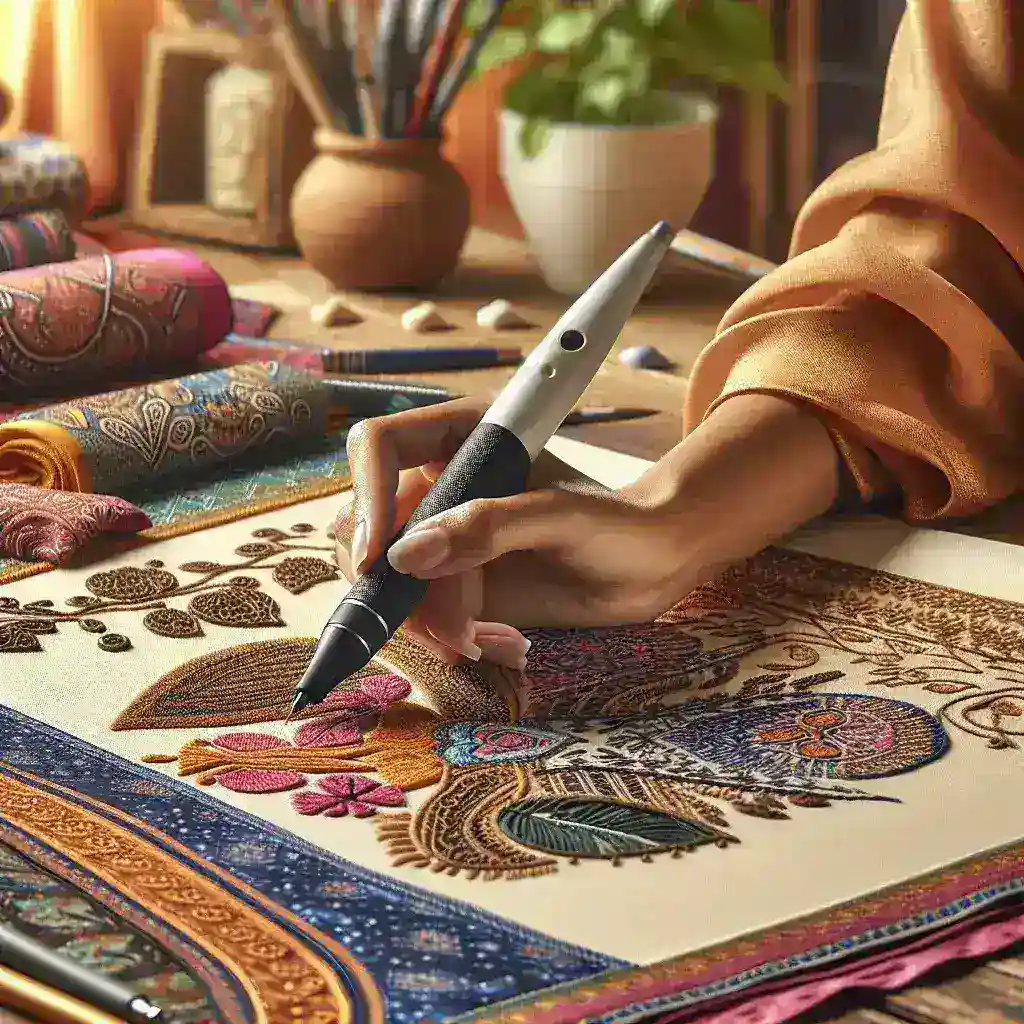Introduction
3D pens have revolutionized the way artists, hobbyists, and designers can create intricate designs. While they are commonly associated with plastic or metal surfaces, one of their unique applications is in the realm of fabric. Whether you are looking to customize clothing, create textile art, or explore new avenues in fabric design, using a 3D pen on fabric opens up a world of creative possibilities. In this comprehensive guide, we will delve into the best practices for using a 3D pen on fabric to ensure your designs are both stunning and durable.
Benefits of Using a 3D Pen on Fabric
- Create intricate designs easily
- Customize clothing and accessories
- Combine traditional and modern textile techniques
- Flexible and versatile medium
Preparation Before You Start
Before you dive into your 3D fabric project, a little preparation can go a long way. Consider the following steps:
1. Choose the Right Fabric
Not all fabrics are suitable for 3D pen designs. Opt for fabrics with a smooth and stable surface like cotton, canvas, or polyester. Avoid overly stretchy or textured fabrics as they may not hold the design well.
2. Clean the Fabric
Ensure the fabric is clean and free of any debris. Washing the fabric and allowing it to dry completely can help in better adhesion of the 3D pen material.
3. Stretch and Secure the Fabric
Using an embroidery hoop or another form of stabilizer can help keep the fabric taut and easier to work on.
Table: Material Compatibility
| Fabric Type | Compatiblity |
|---|---|
| Cotton | High |
| Canvas | High |
| Polyester | Moderate |
| Silk | Low |
| Wool | Medium |
Techniques for Using a 3D Pen on Fabric
1. Test Your Pen
It’s crucial to test your 3D pen on a scrap piece of fabric before starting your main project. This will help you understand the flow and drying time of the material.
2. Outline First
Create an outline of your design first. This helps in creating a framework within which you can fill in details more smoothly.
3. Work in Layers
Building your design in layers can add a sense of depth and texture. Allow each layer to dry before adding the next.
4. Use a Template
If you are not comfortable freehanding your design, consider using a stencil or a template to guide you.
5. Control the Speed
Work at a comfortable speed. Rushing through can cause mistakes and uneven lines.
Post-Application Care
1. Allow Sufficient Drying Time
Ensure that your design is completely dry before handling the fabric. This typically takes a few hours.
2. Gentle Washing
If your design is on wearable fabric, wash it gently. Hand washing is preferable to preserve the integrity of the design.
3. Ironing
Avoid ironing directly over the 3D design. If needed, use a press cloth to protect the design while ironing the fabric.
Tips and Tricks
- Keep the pen tip clean to ensure smooth flow of the material.
- Experiment with different filament types to find the one that works best for your project.
- Use different colors and textures to add dimension to your design.
- Practice on scrap fabric to familiarize yourself with the tool.
- Use a fabric stabilizer spray for extra stability.
Common Mistakes to Avoid
1. Using the Wrong Fabric
As mentioned earlier, not all fabrics are suitable for 3D pen designs. Always test on a small piece first.
2. Rushing the Process
Patience is key. Rushing can lead to unwanted mistakes and uneven lines.
3. Ignoring Drying Time
Ensure each layer is completely dry before adding another to avoid smudging.
4. Overfilling the Design
Too much material can cause the design to be too stiff and less flexible. Aim for balance.
Conclusion
Using a 3D pen on fabric is an innovative way to explore textile art and customize your belongings. By following these best practices, preparing adequately, using effective techniques, and taking care after application, you can create durable and eye-catching designs. Whether you’re a seasoned artist or a beginner, the possibilities are endless with a 3D pen. Happy designing!

